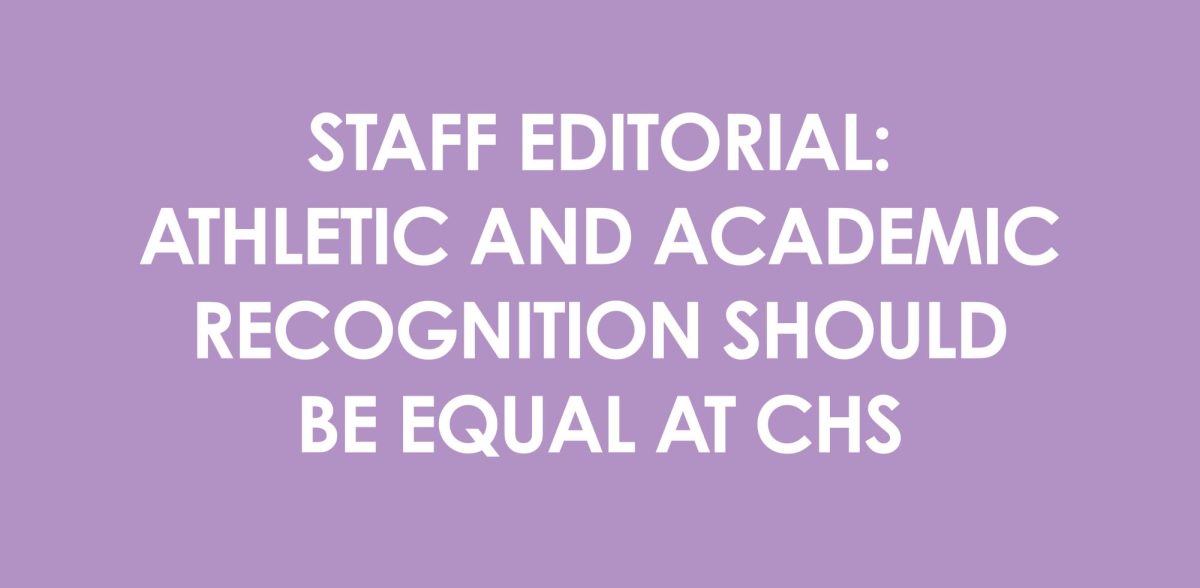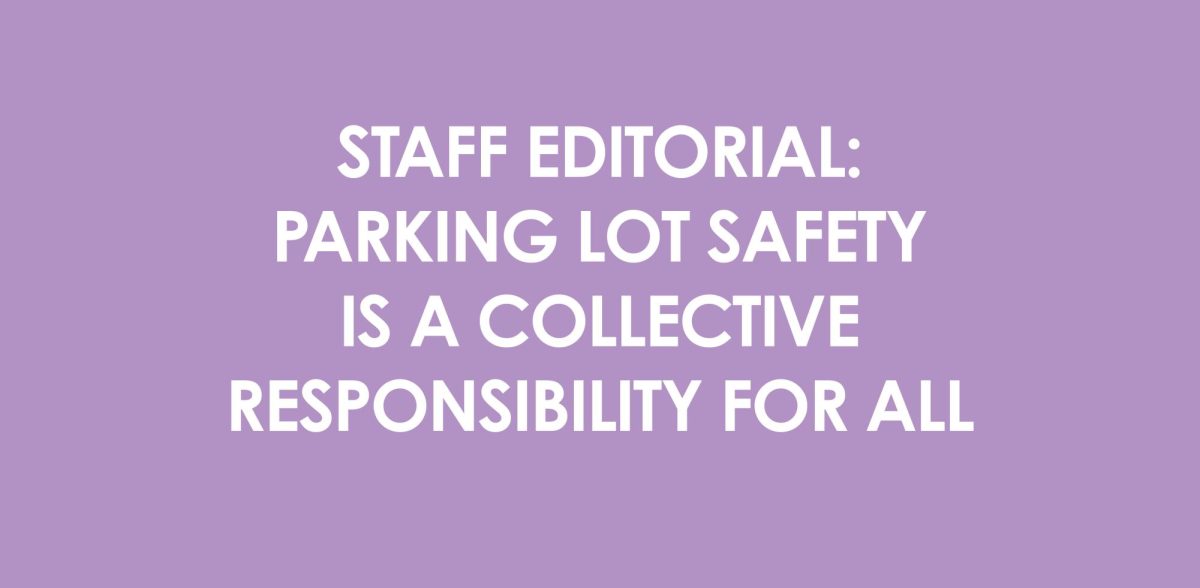Due to college and career readiness requirements from Public Law 268 and House Enrolled Act 1005, the state is requiring low-performing students to take a diagnostic exam called the ACCUPLACER. Students who do not reach a specific point value on the ACCUPLACER will have to take remediation classes.
Assistant principal Karen McDaniel, who is in charge of the administration of this test, said sophomores who received scores of 41 or lower and juniors and seniors who received scores of 46 or lower on the math or critical reading sections of the Preliminary SAT/ National Merit Scholarship Qualifying Test (PSAT/NMSQT) and students except for freshmen who did not pass the English 10 or Algebra I End of Course Assessments (ECA) exams will have to take the ACCUPLACER. These requirements are subject to change after the publishing deadline.
Planning beforehand
While the Indiana Department of Education (IDOE) had positive intentions when creating these requirements, it determined these standards this January, three months after students nationwide took the PSAT/NMSQT in October. Principal John Williams said he finds the decision to make the PSAT/NMSQT a “high-stakes” test after it had been administered to be unfair. If students knew that scoring low on the PSAT/NMSQT would force them to take another standardized test and possibly have remediation classes, they would have been more likely to take it seriously and potentially score higher.
To fairly assess students, the state should have determined these expectations early on, presumably before the school year began. Both schools and students would then have had adequate time to prepare for the PSAT/NMSQT.
Why sophomores?
Also, these requirements are hurting schools that have good intentions for their students. At CHS, like many other schools across the state, sophomores are required to take the PSAT/NMSQT free of charge in order to practice for junior year, but they may have not been exposed to some of the material on the test yet.
Williams said, “You’re trying to be proactive, so you let kids take the test as sophomores so they can get ready to take it as a junior when it means more, but you kind of get punished as a school for doing what’s right for the kids because there’s a lot of material as a sophomore that you may or may not be ready for on the PSAT.”
Instead, sophomores should have been given a chance to improve their scores junior year, before being forced to take the ACCUPLACER. According to the College Board, 69 percent of students score higher on the critical reading section from sophomore to junior year, and 74 percent of students score higher on the math section.
Cutoff is too high
Williams said one of the primary problems with the requirements is that the state has set the cutoff scores too high. According to College Board, the national averages for juniors on critical reading and math are 47.4 and 48.6, respectively, while the national averages for sophomores are 42.6 and 43.5. From the determination of these cutoff scores, the state department of education is indicating that students who are just a little below average are not college and career ready.
Williams estimates that several hundred students at CHS will have to take the ACCUPLACER.
“We’re really concerned because it’s a high number, and that would indicate that these kids are not college and career ready,” Williams said. “I was talking (to) Fishers, Hamilton Southeastern, Zionsville, and they don’t even know how they are going to test all these students.”
The reasoning behind the selection of the PSAT/NMSQT scores seems somewhat arbitrary.
McDaniel said, “What (the state department of education members) did is they used what College Board says is a good score for a student to get on the PSAT/NMSQT that would make them college and career ready, and so that’s kind of what they’re using as their basis for ‘Is a student ready?’ They’re using what College Board recommends.”
The state should reexamine the data from the PSAT/NMSQT test scores more carefully and determine a fair, lower cut-off score that applies to the state of Indiana, not something proposed by the national College Board.
The IDOE needs to be more considerate of both schools and students when determining requirements. Prior preparation by the IDOE would have prevented these problems and allowed the state to test students in a more reasonable manner.



















![Joseph Broman, Mu Alpha Theta sponsor, grades tests for his honors precalculus/trigonometry class. Broman said, “I’m retiring from the Math Club next year and I’m just going to do Mu Alpha Theta so I can focus on that one and we can do more [speaker series] first semester.”](https://hilite.org/wp-content/uploads/2024/03/IMG_9502-1200x900.jpg)











![British royalty are American celebrities [opinion]](https://hilite.org/wp-content/uploads/2024/03/Screenshot-2024-03-24-1.44.57-PM.png)




















![Review: “The Bear” sets an unbelievably high bar for future comedy shows [MUSE]](https://hilite.org/wp-content/uploads/2024/03/unnamed.png)
![Review: “Mysterious Lotus Casebook” is an amazing historical Chinese drama [MUSE]](https://hilite.org/wp-content/uploads/2024/03/0.webp)
![Thea Bendaly on her Instagram-run crochet shop [Biz Buzz]](https://hilite.org/wp-content/uploads/2024/03/IMG_0165-1200x838.jpg)
![Review: Sally Rooney’s “Normal People,” is the best book to read when you are in a time of change [MUSE]](https://hilite.org/wp-content/uploads/2024/03/20047217-low_res-normal-people.webp)
![Review: “One Day” broke me for the second time, but this time it hurt worse [MUSE]](https://hilite.org/wp-content/uploads/2024/03/unnamed-8.png)
![Review in Print: Maripaz Villar brings a delightfully unique style to the world of WEBTOON [MUSE]](https://hilite.org/wp-content/uploads/2023/12/maripazcover-1200x960.jpg)
![Review: “The Sword of Kaigen” is a masterpiece [MUSE]](https://hilite.org/wp-content/uploads/2023/11/Screenshot-2023-11-26-201051.png)
![Review: Gateron Oil Kings, great linear switches, okay price [MUSE]](https://hilite.org/wp-content/uploads/2023/11/Screenshot-2023-11-26-200553.png)
![Review: “A Haunting in Venice” is a significant improvement from other Agatha Christie adaptations [MUSE]](https://hilite.org/wp-content/uploads/2023/11/e7ee2938a6d422669771bce6d8088521.jpg)
![Review: A Thanksgiving story from elementary school, still just as interesting [MUSE]](https://hilite.org/wp-content/uploads/2023/11/Screenshot-2023-11-26-195514-987x1200.png)
![Review: When I Fly Towards You, cute, uplifting youth drama [MUSE]](https://hilite.org/wp-content/uploads/2023/09/When-I-Fly-Towards-You-Chinese-drama.png)
![Postcards from Muse: Hawaii Travel Diary [MUSE]](https://hilite.org/wp-content/uploads/2023/09/My-project-1-1200x1200.jpg)
![Review: Ladybug & Cat Noir: The Movie, departure from original show [MUSE]](https://hilite.org/wp-content/uploads/2023/09/Ladybug__Cat_Noir_-_The_Movie_poster.jpg)
![Review in Print: Hidden Love is the cute, uplifting drama everyone needs [MUSE]](https://hilite.org/wp-content/uploads/2023/09/hiddenlovecover-e1693597208225-1030x1200.png)
![Review in Print: Heartstopper is the heartwarming queer romance we all need [MUSE]](https://hilite.org/wp-content/uploads/2023/08/museheartstoppercover-1200x654.png)























![Review: Ladybug & Cat Noir: The Movie, departure from original show [MUSE]](https://hilite.org/wp-content/uploads/2023/09/Ladybug__Cat_Noir_-_The_Movie_poster-221x300.jpg)

![Review: Next in Fashion season two survives changes, becomes a valuable pop culture artifact [MUSE]](https://hilite.org/wp-content/uploads/2023/03/Screen-Shot-2023-03-09-at-11.05.05-AM-300x214.png)
![Review: Is The Stormlight Archive worth it? [MUSE]](https://hilite.org/wp-content/uploads/2023/10/unnamed-1-184x300.png)







